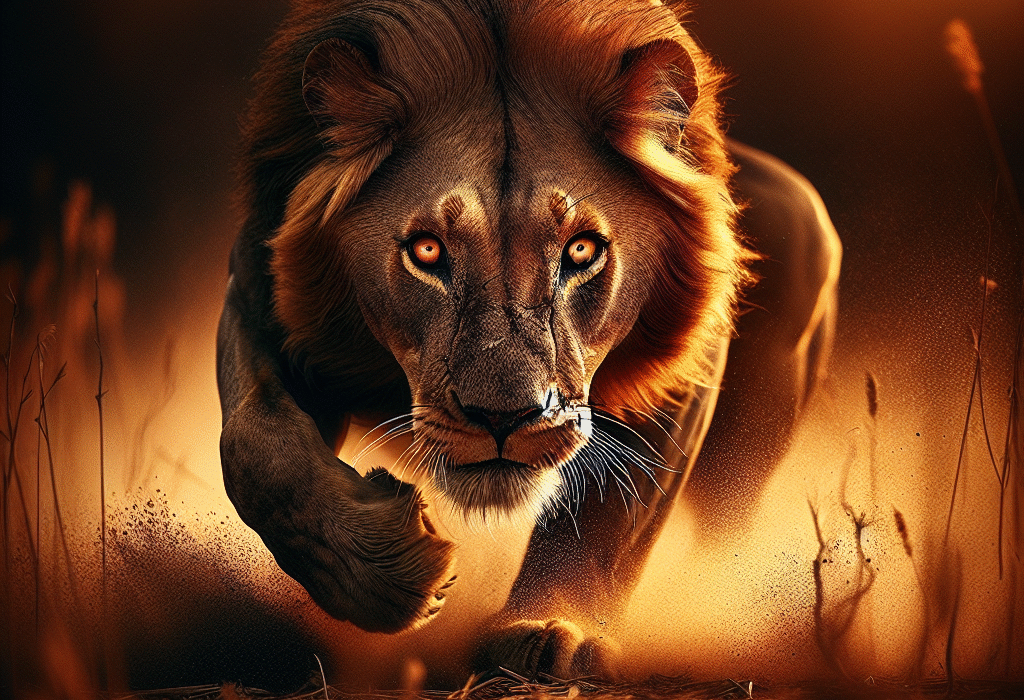Are you someone who is passionate about capturing the beauty of wildlife through your lens? Have you been honing your photography skills and are now looking to take your wildlife photography to the next level? If so, you’re in the right place! Today, we’re going to dive into some advanced tips and tricks to help you improve your wildlife photography game. So, grab your camera, pack your lenses, and let’s explore the wonderful world of wildlife photography together.
Embracing the Wild: Advanced Tips for Wildlife Photography
When it comes to wildlife photography, there’s no denying the thrill of capturing that perfect shot of a majestic animal in its natural habitat. Whether you’re an amateur photographer or a seasoned pro, honing your skills in wildlife photography can take your work to new heights. So, let’s explore some advanced tips to help you elevate your wildlife photography game.
1. Patience is Key
-
Wildlife photography requires a great deal of patience.
-
Spend time observing your subject and wait for the perfect moment to capture.
-
Remember, the best shots often come to those who wait.
2. Understanding Animal Behavior
-
Take the time to research and understand the behavior of the animals you’re photographing.
-
This will help you anticipate their movements and capture more natural and authentic shots.
-
Remember, patience and observation are key.
3. Invest in Quality Gear
-
Invest in quality gear, including a good camera body, telephoto lens, tripod, and other accessories.
-
Having the right equipment can make a world of difference in the quality of your shots.
-
Don’t be afraid to splurge a little on gear that will enhance your photography.
4. Composition and Framing
-
Pay attention to composition and framing when capturing wildlife.
-
Consider the rule of thirds, leading lines, and symmetry to create visually appealing shots.
-
Experiment with different angles and perspectives to add interest to your images.
5. Lighting is Everything
-
Lighting plays a crucial role in wildlife photography.
-
Golden hour and blue hour are ideal times for capturing stunning wildlife shots.
-
Experiment with different lighting conditions to create mood and drama in your photos.
6. Get Up Close and Personal (Safely)
-
Getting up close to your subject can result in compelling and intimate shots.
-
However, always prioritize safety and respect the animals’ personal space.
-
Invest in a telephoto lens to get close-up shots without disturbing the wildlife.
7. Post-Processing Magic
-
Don’t underestimate the power of post-processing in enhancing your wildlife photos.
-
Experiment with editing software to fine-tune colors, contrast, and sharpness.
-
Remember, editing should enhance the natural beauty of your shots, not alter them completely.
8. Study the Masters
-
Study the work of renowned wildlife photographers to gain inspiration and insights.
-
Analyze their techniques, compositions, and use of light to improve your own photography.
-
Learning from the masters can help you expand your creative vision and style.
9. Practice, Practice, Practice
-
Like any skill, wildlife photography requires practice and dedication.
-
Spend time in the field honing your craft and experimenting with different techniques.
-
Don’t be afraid to make mistakes – they’re all part of the learning process.
Take Your Wildlife Photography to New Heights
Now that you have some advanced tips to improve your wildlife photography, it’s time to put them into practice. Remember, photography is a journey of constant learning and growth, so don’t be afraid to step out of your comfort zone and try new things. Whether you’re capturing the playful antics of a family of elephants or the graceful flight of a bald eagle, each shot is an opportunity to tell a unique story and connect with the natural world.
So, grab your camera, head out into the wild, and let your creativity soar. Who knows, you might just capture that once-in-a-lifetime shot that leaves everyone in awe of your skills. Happy shooting!







